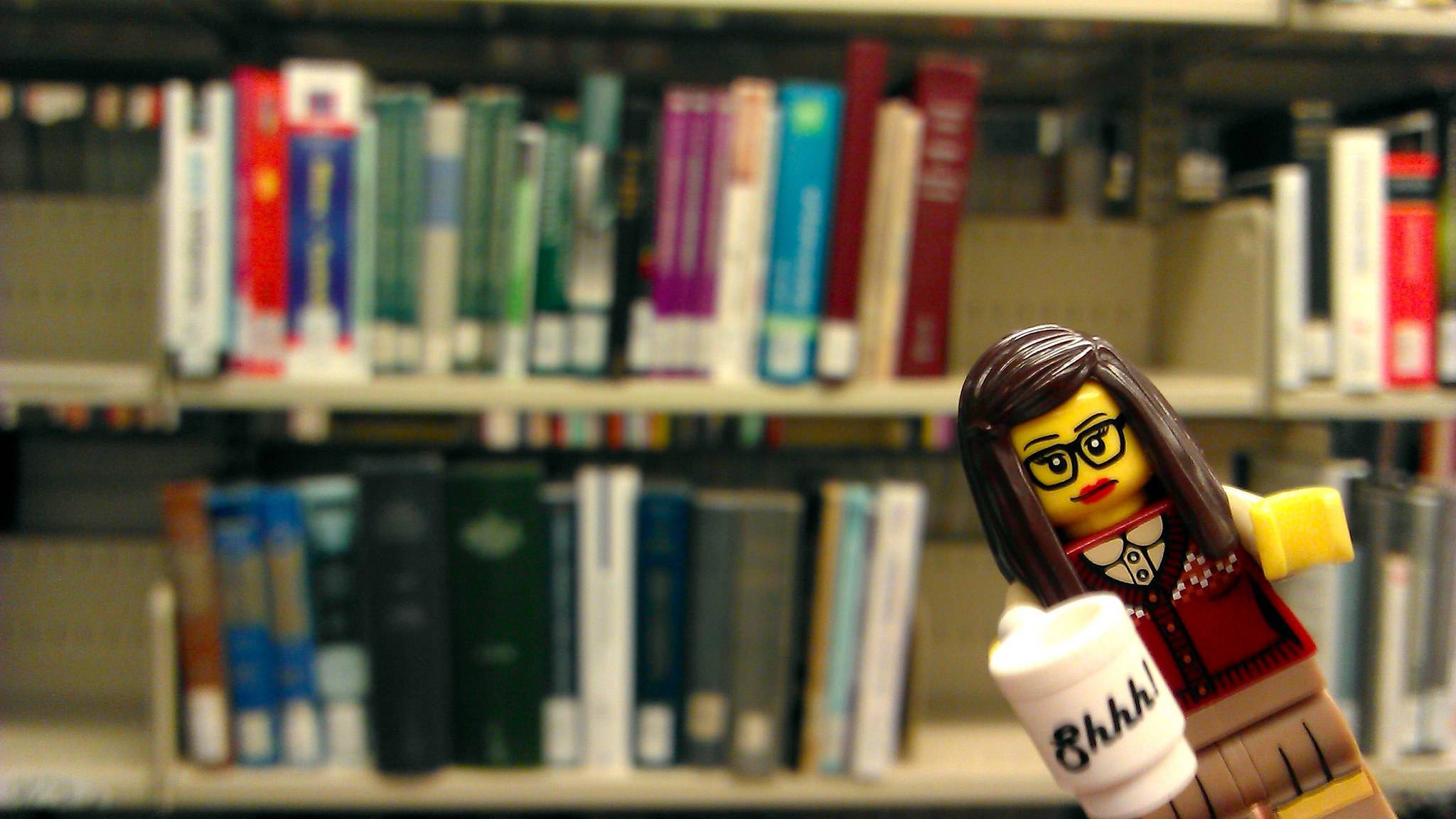Yes I’m on my computer lots. I can control it from my keyboard without touching the mouse. In fact, I’ve had a dead mouse for a week and couldn’t be bothered to replace the batteries. My productivity didn’t suffer.
Despite this fluency on a computer I don’t use a digital task manager for my daily work. There is no OmniFocus or Todoist or Nozbe in my life. My daily work is managed with a paper planner.
Once I dropped most of the task managers out of my life I started to get more done. Before we dive in to why, lets look at why digital tools like OmniFocus are awesome, and their big shortcoming.
Advantages of digital tools
Most task management systems have ubiquitous capture as a core rule. If you don’t capture tasks they become open loops in your head. These open loops take up space in your head and cost you something in focus.
Most of the digital tools have interfaces for your phone and your desktop. You can email things in to them or set up some sort of automation rule so you don’t have to interact with them.
[Tweet “The latest task manager likely won’t help you. Try out paper”]
You can tag your tasks so that when you’re out you know that you look at the ‘errands’ tag and you can batch all your errands.
Those are all good things, but they mask the big drawback to digital task managers.
Digital task managers have an insidious draw back
The lack of any type of constraint with data entry means that you put everything in them. See a cool article you want to maybe read later, well email it to OmniFocus and it will be in your inbox for later.
Think you should work on your site, plug the project in to Todoist and then add the 28 things that might need to be done with them.
Here is the drawback. You look at your inbox with 2000 things that sounded interesting at the time and it’s a demoralizing pile of stuff you have to deal with. You wake up Monday and realize that you have 12 things for your website revamp and 13 emails to send and you wanted to read 5 interesting articles, all today.
Your task manager will take the data and put no constraints on how many things are due on any given day.
While a good management process for your task lists can stop much of this, we rarely do it. This is why changing to a new task manager feels awesome. We get to declare bankruptcy on our old tasks we are never going to get to. Changing to a new piece of software eleminates the guilt of tasks that remain undone.
I love cookies. Despite my best efforts, if there are chocolate chip cookies in the house I’ll eat them. My 6 year old knows this. If there are less than 5 cookies in the house I get specific instructions not to eat them all. Without this specific instruction I’d eat them and we’d have none for the family later.
Despite my best efforts with task managers and a regular check in daily and weekly for planning I’d still have at least 1 day a week with way more tasks due than it was possible to accomplish.
Here is where a paper notebook excels.
How I do paper
I use a Leuchtturm Weekly Planner. Planning any given day I an only able to fit so many tasks on my list. I run out of space after 4 or 5 items thus I realize that I can’t do anymore.
For future weeks I have a sticky note on the page. Again there is only so much space on the note which means I can only put say 10 – 15 things on the note as possible candidates for the week.
The constraints of paper mean that I can plan more realistically. It’s rare that the 3 – 6 things on my list for the day don’t get done.
Just as with many other systems, I sit down on Friday and plan the next week. I transfer items from my stick note and place them on a specific day. Days I have calls, I put each call in so that it’s recorded as a task and I can’t fit other tasks in there.
If you keep finding that you have way to much to do, maybe you don’t need a new piece of software. Maybe that simple weekly planner from the office supply store will serve you better. Maybe the constraints it’s going to provide will mean that you get more realistic with what you can do in your day.
Constraints aren’t a bad thing. Often, they’re the best path to getting more valuable work done.-
photo by: mwscheung

2 responses to “Why paper productivity tools can help you get more done than digital tools”
Create article. Been thinking about moving from digital to paper for awhile now. What size Leuchtturm weekly planner do you use?
I use this one: https://www.leuchtturm1917.us/weekly-planner-2017-with-extrabooklet-for-anniversaries-andaddresses-english.html
I’m pretty sure it’s the ‘middle’ size but I’m not sure if that’s A5 or A6. It’s the same size as a standard Moleskine book which is about 5″ X 8.25″.
To big for a pocket (I use Field Notes Expedition for pocket notebooks) but easy to fit in a bag.